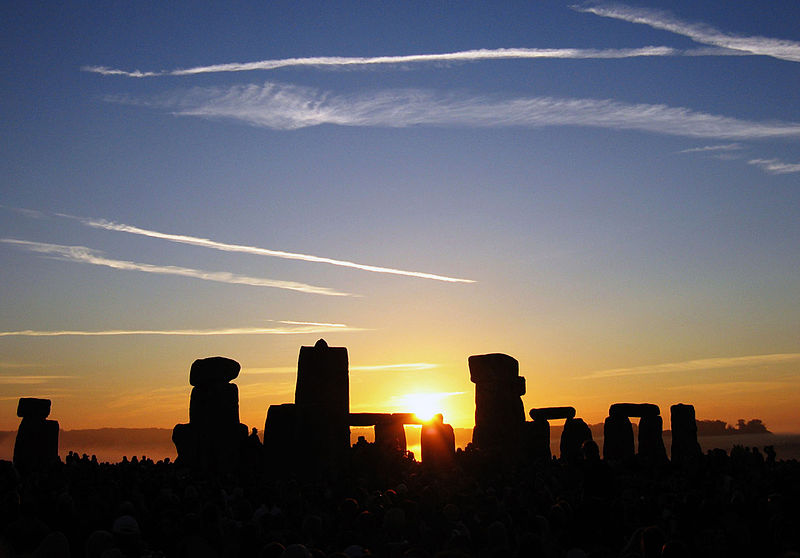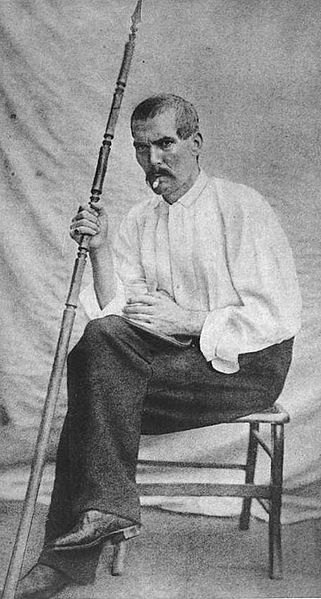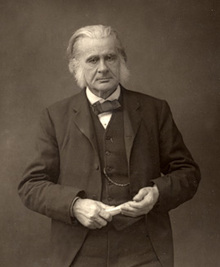
Figure 1 – The mythic tradition, Stonehenge at sunrise on the summer solstice 2005, from the Wikimedia Commons and in the public domain.
We have previously discussed photography and the concept of sacred memes. Clearly, photography can play a central role in the creation of memes. But, there is another, albeit equivalent, way of looking at the problem. This is to consider photography as a form of creative mythology.
We also spoke briefly before about Joseph Campbell(1904-1987) and his concept of the protomyth. Protomyths are stories or myths that keep reappearing in different cultural contexts, indeed stories that seem innate to the human psyche. I say seem, because the quality of human innateness is a very controversial one. However, genetic or acquired, nature or nurture, does not really alter the sociological issues regarding protomyths.
Campbell’s magnum opus is “The Masks of God.” This four volume books is a magnificent tribute to Campbell’s ability to make amazing cross-cultural connections. He begins with “Primitive Mythology“, where he lays out his case for the themes of primitive cultures hunting myths of resurrection, human sacrifice to the mother goddess, and rites of liminal passage and how these have metamorphosed into our modern religions. Because of when it was written the book offers up a very healthy dose of Freud and Jung and spends a lot of time discussing the interpretation of dreams. Then Campbell presents the two fundamental religious traditions: “Occidental Mythology” and “Oriental Mythology.” Finally, and here is our important point for the discussion of photography, he presents the tradition of “Creative Mythology,” of people writing and telling stories, stories that often fit tightly into the molds of the protomyths. It is not coincidental that James Joyce entitled his great hero myth, “Ulysses.” Bloom is the “Hero with a Thousand Faces.”
Photography is a form of creative expression. As such, it can be a form of myth-maker – a cauldron and birthplace of memes. The role of photography in myth making is enlarged by the fact that vision is our dominant sense. As a myth creator photography is unique. Despite the phrase that “a picture is worth a thousand words,” photography intrinsically catches little glimpses. You see a photograph, and yes it tells a story. However, your ability to read the story accurately closely depends upon your familiarity with the mythic tradition of your culture, and so does your ability to create a photograph. You see an image of a mother and child and you immediately think, “mommy.” Then you, consciously or subconsciously, relate this image to the mythic filing cabinet in your brain, perhaps to Raphael’s “Madonna of the Chair.” I prefer consciously myself, because understanding really adds to the enjoyment! So the uniqueness of photography as a creative medium is defined, first by the power of visual dominance, and second by the fleeting ephemeral character of exposure.



